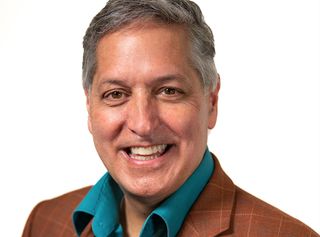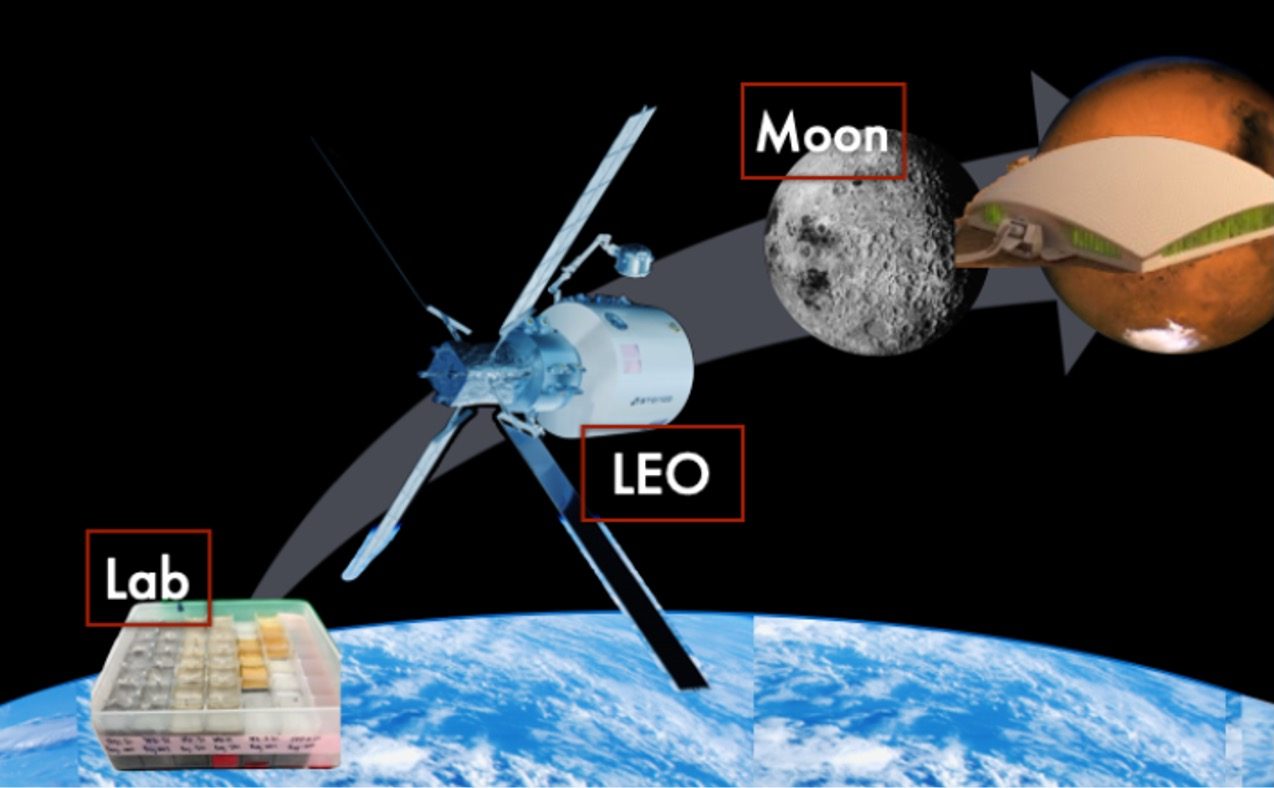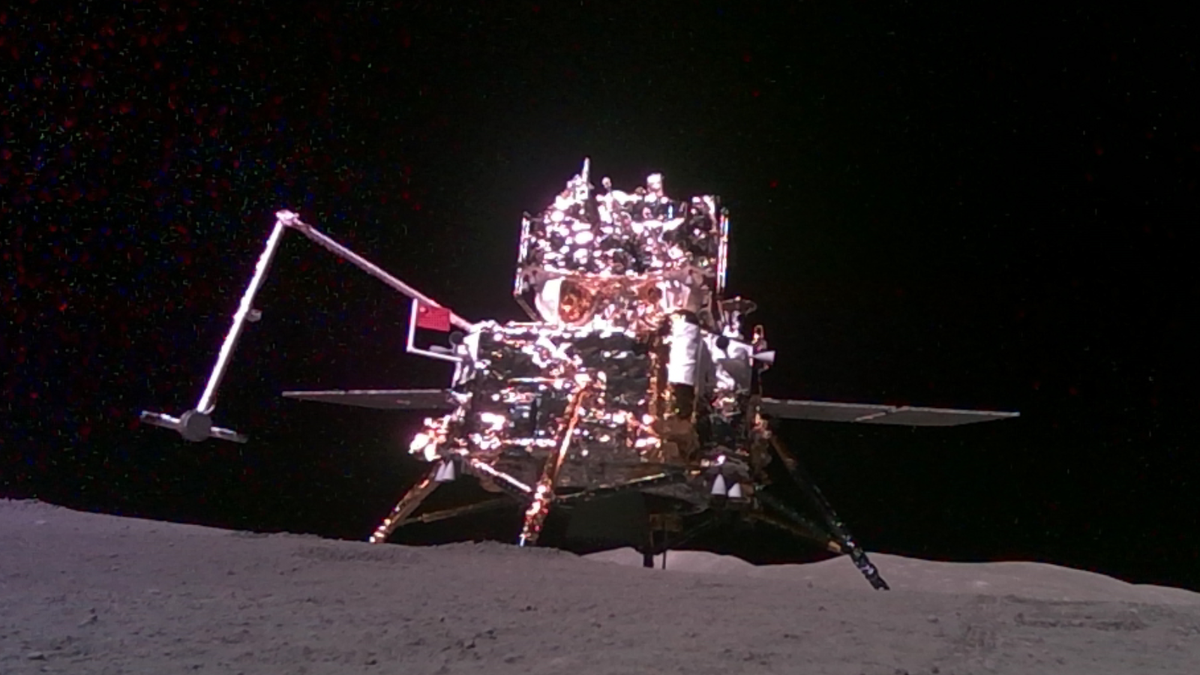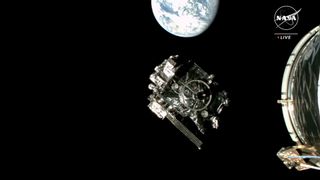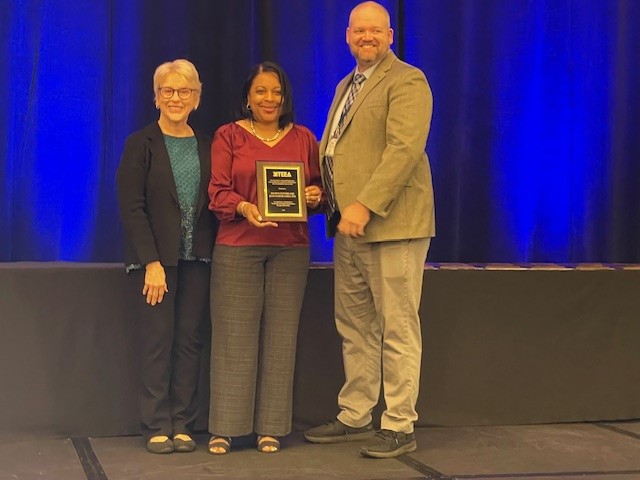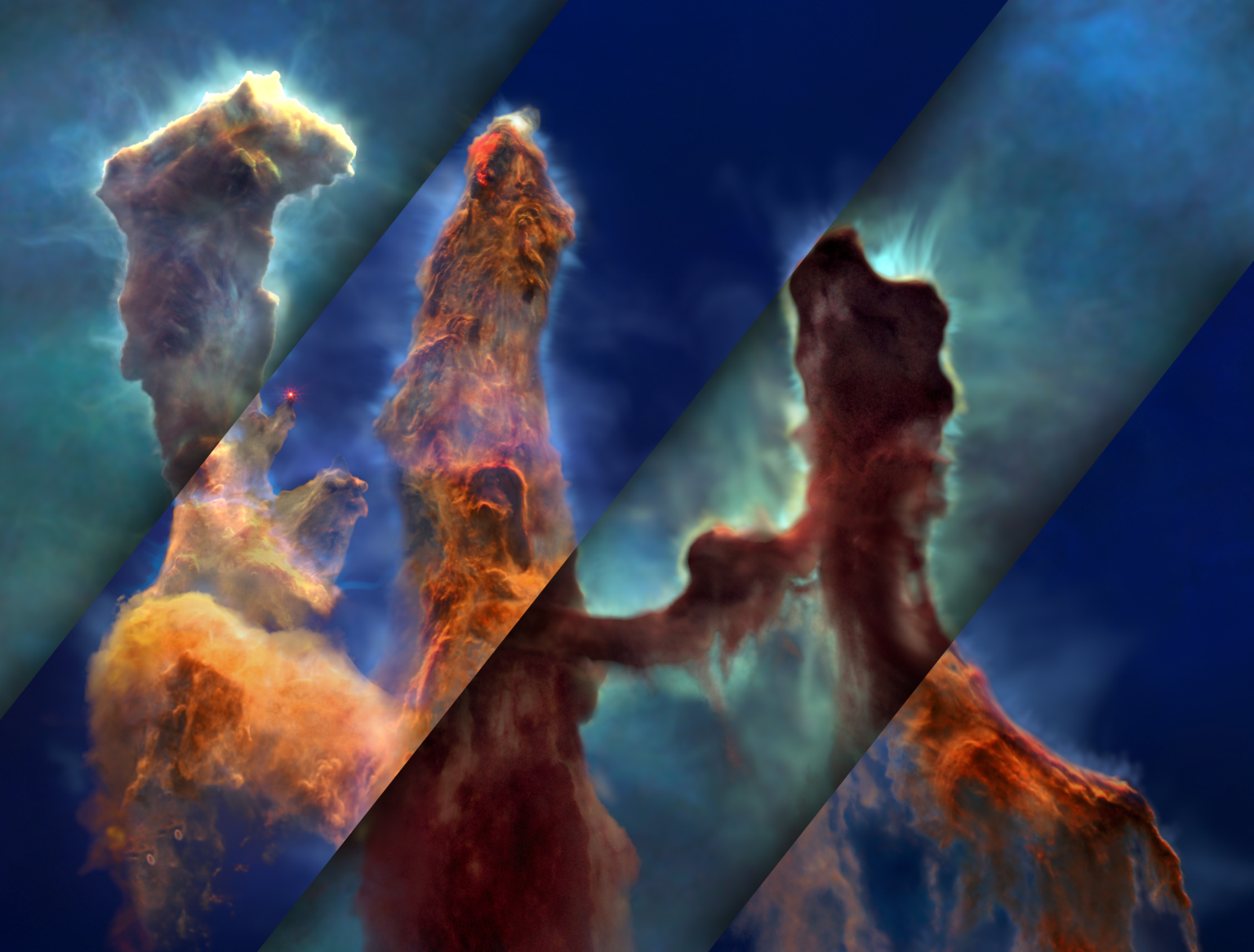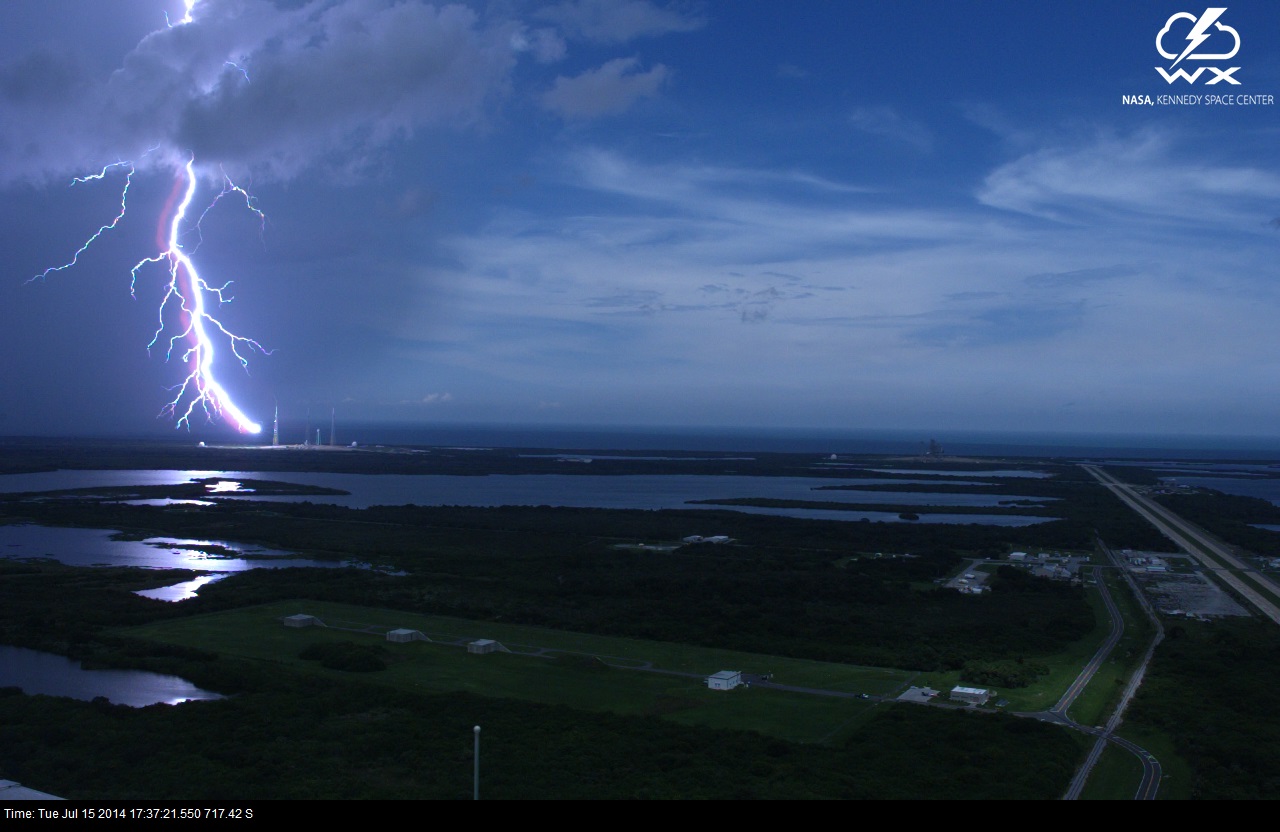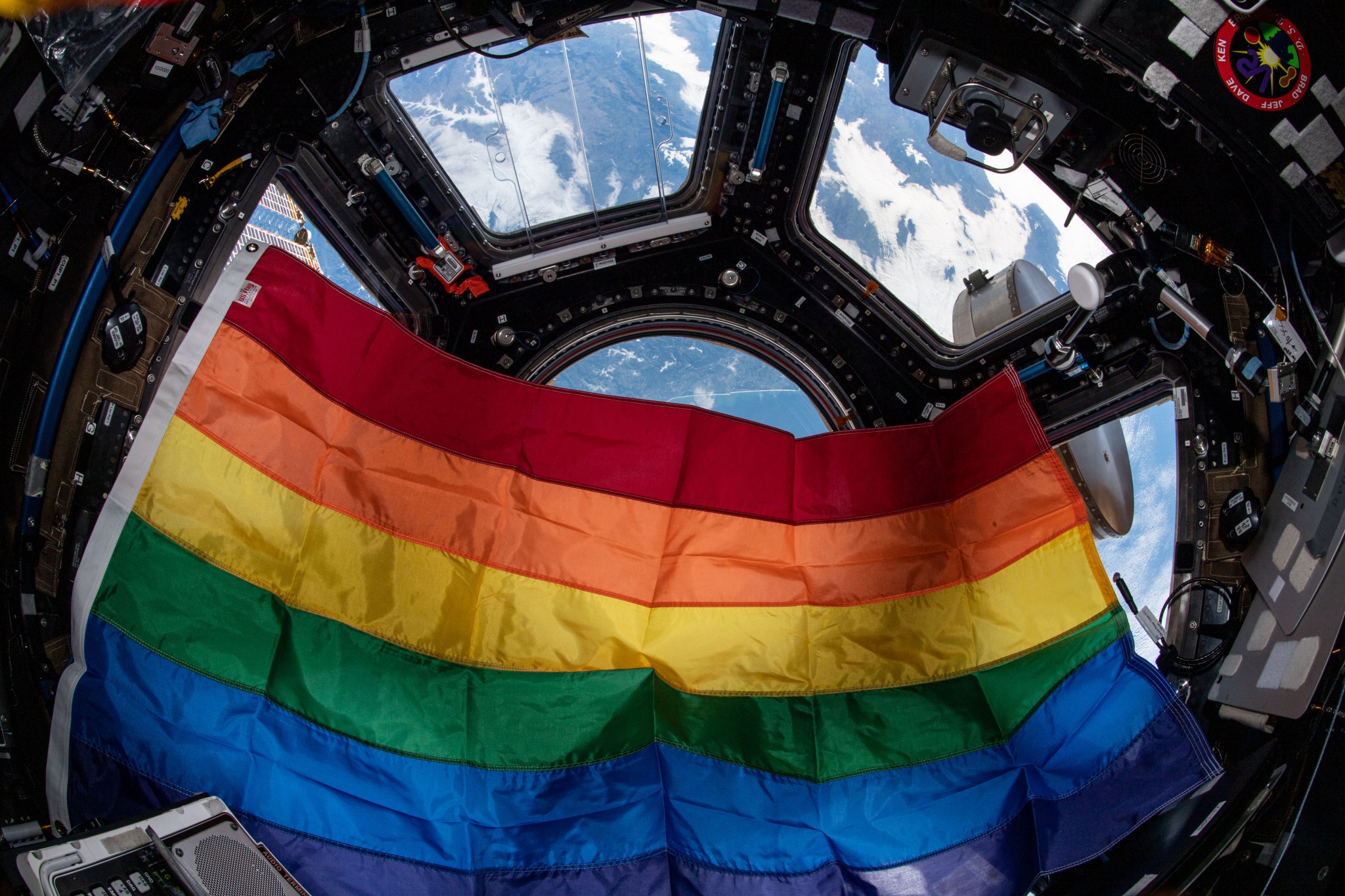A SpaceX Falcon Heavy rocket carrying the National Oceanic and Atmospheric Administration GOES-U (Geostationary Operational Environmental Satellite U) lifts off from Launch Complex 39A at NASA’s Kennedy Space Center in Florida on Tuesday, June 25, 2024. The GOES-U satellite is the final satellite in the GOES-R series, which serves a critical role in providing continuous coverage of the Western Hemisphere, including monitoring tropical systems in the eastern Pacific and Atlantic oceans.
Read MoreMonth: June 2024
Take a deep dive into UFO history in ‘After the Flying Saucers Came’ by Greg Eghigian (exclusive)
Providing an academic lens through which to view the huge interest and hysteria surrounding unidentified flying objects since pilot Kenneth A. Arnold witnessed what he called “flying disks or saucers” while cruising past Mt. Rainier on June 24,1947, a new book titled “After the Flying Saucers Came: A Global History of the UFO Phenomenon” has just been released from Oxford University Press. Author Greg Eghigian is a professor of history and bioethics at Penn State University who spent nearly a decade delving into the subject of UFOs for this project,…
Read MoreMycotecture off Planet: En route to the Moon and Mars
4 min read Preparations for Next Moonwalk Simulations Underway (and Underwater) Artist concept depicting a new novel aerospace concept for NIAC Phase III 2024. Credit: Lynn Rothschild Lynn RothschildNASA Ames Research Center (ARC) A turtle carries its habitat. While reliable, it costs energy in transporting mass. NASA makes the same trade-off when it transports habitats and other structures off planet “on the back” of its missions. While this approach is reliable, to save upmass and increase mission flexibility, NASA must be more like a bird, low mass, agile and building…
Read MoreWhat happened to China’s Chang’e 6 lander on the moon’s far side?
China’s Chang’e 6 mission has successfully delivered to Earth the first-ever samples from the far side of the moon. But what became of the lander that collected the lunar material? Chang’e 6 launched on May 3. The mission consisted of four spacecraft — an orbiter, lander, ascent vehicle and reentry capsule. The lander touched down in Apollo crater on June 1, with the main task of scooping and drilling for unique samples from the lunar far side and loading them into the ascender to be blasted into lunar orbit. The…
Read MoreWatch GOES-U weather satellite float above a brightly shining Earth in stunning video from space
The launch of NOAA’s powerful new GOES-U weather satellite did not disappoint. The satellite took off on Tuesday (June 25) atop a SpaceX Falcon Heavy rocket in a picture-perfect launch under a clear blue sky at Launch Complex 39A at NASA’s Kennedy Space Center in Florida. The launch marked the 10th launch of Falcon Heavy, and lofted the fourth and final member of the U.S. National Oceanic and Atmospheric Administration’s (NOAA) GOES-R series of weather spacecraft. Four and a half hours after take off, Falcon Heavy’s second stage deployed GOES-U into space…
Read MoreNASA eClips Educators Presented Exemplary Collaboration Award
1 min read NASA eClips Educators Presented Exemplary Collaboration Award On March 7, 2024, two NASA eClips educators from the National Institute of Aerospace’s Center for Science, Technology, Engineering, & Mathematics (STEM) Education (NIA-CISE) and Global Learning & Observations to Benefit the Environment (GLOBE) educators, Dr. Sharon Bowers and Joan Harper-Neely, were presented the William E. Dugger Exemplary Collaboration Award at the 2024 International Technology and Engineering Educators Association (ITEEA) Conference held in Memphis, TN. This award recognizes individuals for their sustained record of outstanding service to the field of…
Read MorePillars of Creation Star in New Visualization from NASA’s Hubble and Webb Telescopes
6 Min Read Pillars of Creation Star in New Visualization from NASA’s Hubble and Webb Telescopes A mosaic of visible-light (Hubble) and infrared-light (Webb) views from the same Pillars of Creation visualization frame. Credits: Greg Bacon, Ralf Crawford, Joseph DePasquale, Leah Hustak, Christian Nieves, Joseph Olmsted, Alyssa Pagan, and Frank Summers (STScI), NASA’s Universe of Learning Made famous in 1995 by NASA’s Hubble Space Telescope, the Pillars of Creation in the heart of the Eagle Nebula have captured imaginations worldwide with their arresting, ethereal beauty. Now, NASA has released a…
Read MoreThe 1998 Florida Firestorm and NASA’s Kennedy Space Center
5 min read Preparations for Next Moonwalk Simulations Underway (and Underwater) A lightning strike at Launch Complex 39B at NASA’s Kennedy Space Center in Florida in July 2014. Bolts like this are a regular occurrence in central Florida. Similar lightning strikes sparked the 1998 Florida Firestorm. NASA Lightning Crashes East central Florida’s natural environment and climate have shaped, and delayed, Kennedy Space Center launch operations since the 1960s. Torrential pop-up thunderstorms, Atlantic hurricanes, roasting heat, and other climatic phenomena, including lightning and fire, repeatedly hampered mission timelines and created dangerous…
Read MoreUnity in Orbit: Astronauts Soar with Pride Aboard Station
A powerful symbol of pride waved high above Earth aboard the International Space Station in December 2021, reflecting NASA’s commitment to a collaborative and inclusive environment in human spaceflight. The Pride flag was unveiled by NASA astronauts to celebrate our identities and unite in our commitment to equality and acceptance for all individuals. At NASA’s Johnson Space Center in Houston, leveraging diverse talents is key to achieving the ambitious goals of space exploration. Johnson supports its employees by standing in solidarity and providing resources such as the Out & Allied…
Read MoreHuman Factors Researcher Garrett Sadler
“You know, there’s the whole impostor syndrome thing, and I didn’t feel like I was qualified to be here because I didn’t have some sort of traditional path or because my educational background looks different than that of most of my colleagues. But I’m now at a place where I’ve come to understand that’s true for everyone.” – Garrett Sadler, Human Factors Researcher, NASA’s Ames Research Center
Read More